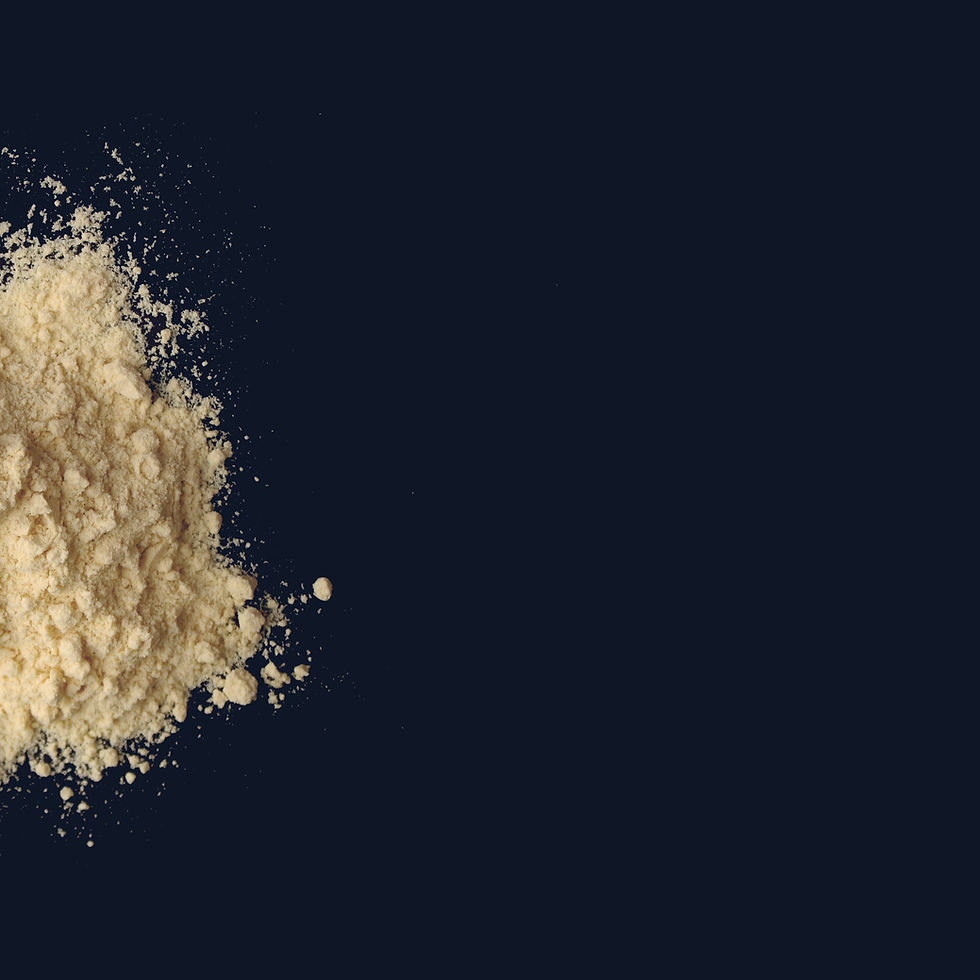When Should You Use Sandblasting Instead of Chemical Stripping?
- albionblasting
- Jun 25
- 2 min read
🧪 What Is Chemical Stripping?
Chemical stripping (aka paint stripper) uses a solvent to dissolve coatings like paint or powder coat. It’s usually brushed or sprayed on, left to soak, then scraped or washed off.
💨 What Is Sandblasting?
Sandblasting uses high-pressure air to blast abrasive media (like crushed glass or garnet) onto a surface to remove rust, paint, or grime. It’s physical, not chemical—and it works fast.
⚖️ Sandblasting vs. Chemical Stripping: What to Consider
✅ Use Sandblasting When...
You need rust and corrosion removed, not just paint
The item has multiple layers of paint or powder coat
You want a consistent surface finish for painting or coating
You're working with steel, iron, or other hard metals
You need to clean inside corners, welds, or complex shapes
You're dealing with old, stubborn coatings
⚠️ Use Chemical Stripping When...
You're working with very thin or soft metals that might warp
The item can’t handle abrasive contact (e.g., antique wood trim)
You need to remove plastics, rubber, or certain coatings that don’t respond well to blasting
You want a smooth, untextured surface
🧼 Clean-Up & Safety
Chemical stripping is messy and hazardous. It often requires neutralising agents, disposal of toxic waste, and careful PPE.
Sandblasting (done professionally) is clean, contained, and dry—no harmful chemicals involved.
At Albion Blasting, we use dust extraction, media recycling, and safe blasting compounds to protect both you and the environment.
🏁 Final Verdict
If you want speed, efficiency, and a professional-grade surface—sandblasting is the way to go. Chemical strippers have their place, but they can’t match the results of a proper blast, especially when rust or durability is involved.
💬 Still unsure? Send us a photo or give us a call—Albion Blasting will help you choose the best method for your project.
👉 [Contact us today] for a free consultation or quote.



Comments